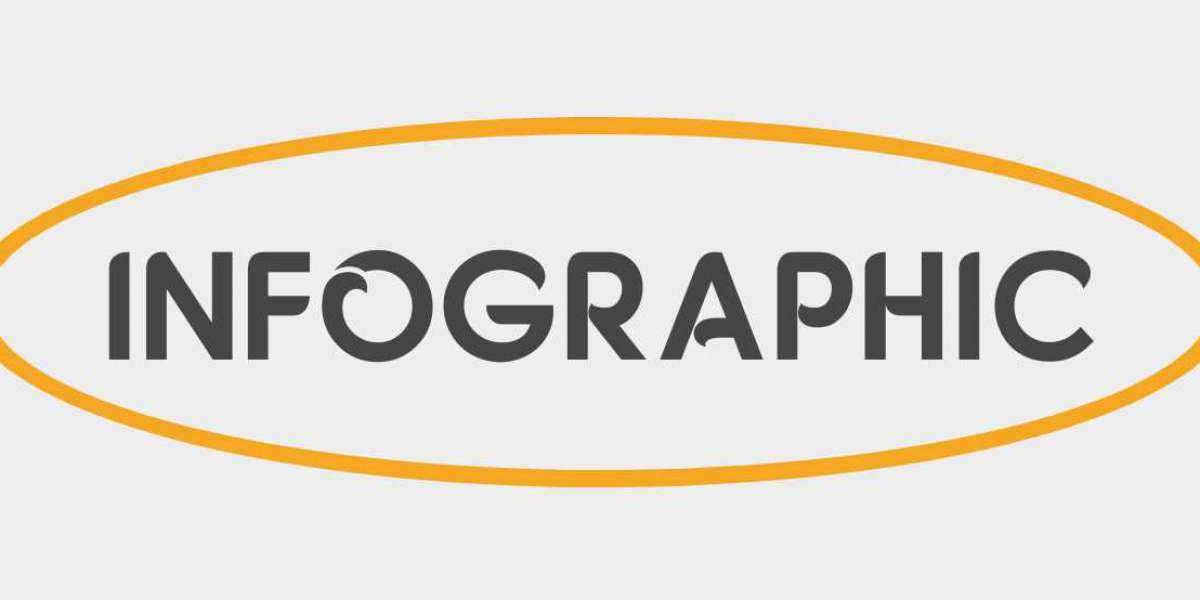Herpes simplex virus (HSV) is a common viral infection that manifests as oral herpes (cold sores) or genital herpes. It is highly prevalent globally, with a significant impact on public health due to its recurring nature and potential complications. This article provides a comprehensive analysis of the market insights, epidemiology, and market forecast for herpes simplex treatments through 2034.
Understanding Herpes Simplex
Herpes simplex virus exists in two main types:
- HSV-1: Primarily causes oral herpes, characterized by cold sores or fever blisters around the mouth.
- HSV-2: Mainly responsible for genital herpes, causing sores on the genitals or rectum.
Both types of HSV are highly contagious and can be transmitted through direct contact with infected lesions or through oral, genital, or anal mucosal surfaces. Once infected, the virus persists in a latent state within sensory nerve ganglia, leading to recurrent outbreaks triggered by factors such as stress, illness, or sunlight exposure.
Epidemiology of Herpes Simplex
HSV infections are among the most prevalent sexually transmitted infections worldwide. The epidemiology varies between HSV-1 and HSV-2:
- HSV-1: Commonly acquired during childhood through non-sexual contact. By adulthood, a majority of individuals are seropositive for HSV-1.
- HSV-2: Primarily transmitted through sexual contact. It affects over 400 million people globally, with varying regional prevalence rates.
Key epidemiological insights include:
- Global Burden: HSV-1 infects an estimated 3.7 billion people under the age of 50 globally, while HSV-2 infects around 491 million people aged 15-49 years.
- Prevalence by Region: HSV-1 prevalence tends to be higher in Africa, the Americas, and the Western Pacific, while HSV-2 prevalence is highest in Africa and the Americas.
Market Insight
The market for herpes simplex treatments is driven by the recurrent nature of the infection and the demand for effective antiviral therapies. Despite the availability of treatments, there remains a need for novel therapeutic approaches that address challenges such as treatment resistance and the psychological impact of recurrent outbreaks.
Current Market Dynamics
- Treatment Options: Antiviral medications such as acyclovir, valacyclovir, and famciclovir are the cornerstone of herpes simplex treatment. These medications reduce the severity and duration of outbreaks and can suppress viral shedding.
- Technological Advancements: Ongoing research focuses on developing novel antiviral agents, vaccines, and gene therapies to prevent or treat HSV infections more effectively.
- Consumer Awareness: Increasing awareness about HSV transmission, prevention strategies, and treatment options has driven market growth.
Key Players
Several pharmaceutical companies dominate the market for herpes simplex treatments, including:
- GlaxoSmithKline: Known for antiviral medications such as valacyclovir (Valtrex).
- Merck & Co.: Manufacturer of famciclovir (Famvir).
- Pfizer: Provides antiviral medications and is involved in research for new treatments and vaccines.
- AiCuris: Developing novel antiviral agents and therapies for herpes simplex infections.
Market Forecast - 2034
The market for herpes simplex treatments is expected to witness steady growth over the next decade, driven by advancements in antiviral therapies, increasing healthcare expenditure, and the global burden of HSV infections.
Growth Drivers
- Advancements in Antiviral Therapies: Continued research and development efforts are expected to lead to more effective antiviral medications with improved safety profiles and resistance profiles.
- Vaccine Development: Progress in HSV vaccine development, including prophylactic and therapeutic vaccines, holds promise for reducing the prevalence and severity of HSV infections.
- Increasing Healthcare Spending: Rising healthcare expenditure, particularly in emerging markets, is expected to support market expansion and improve access to herpes simplex treatments.
Market Projections
- Revenue Growth: The global market for herpes simplex treatments is projected to grow at a compound annual growth rate (CAGR) of 5-7% from 2022 to 2034.
- Regional Trends: North America currently leads the market due to high awareness, healthcare infrastructure, and research investments. However, Asia-Pacific is expected to witness the highest growth rate, driven by increasing HSV prevalence and healthcare developments.
- Innovation Pipeline: The pipeline for herpes simplex treatments includes new antiviral agents, topical therapies, and immunomodulatory treatments aimed at enhancing treatment outcomes and patient convenience.
Challenges and Opportunities
The market for herpes simplex treatments faces challenges such as treatment resistance, stigma associated with the infection, and the need for improved prevention strategies. However, these challenges also present opportunities for market players:
- Targeted Therapies: Developing targeted therapies that address specific HSV strains or resistance mechanisms can improve treatment efficacy.
- Combination Therapies: Combining antiviral medications with immunomodulators or topical treatments may offer synergistic benefits and improve patient outcomes.
- Public Health Initiatives: Increasing public awareness, promoting regular testing, and implementing vaccination programs can reduce HSV transmission rates and healthcare costs.
Conclusion
The market for herpes simplex treatments is evolving, driven by ongoing research, technological advancements, and increasing healthcare investments. As the global burden of HSV infections continues to grow, there is a pressing need for innovative therapies that offer better outcomes and improve quality of life for affected individuals. With a robust pipeline of new treatments and vaccines, the future of the herpes simplex market looks promising, offering hope for effective management and prevention of this widespread infection by 2034.
Latest Reports
Anaphylaxis Market | Automated External Defibrillators Market | Hpv-induced Cancers Market | Non Alcoholic Fatty Liver Disease Nafld Market | Acute Agitation And Aggression Market | Biochips Market | Alpha Antitrypsin Market | Pediatric Obesity Market | Carcinoid Tumor Market | Chronic Rhinosinustis Market |Alpha-mannosidosis Market | Chronic Rhinosinusitis Market | Arteriovenous Fistula Market | Defibrillators Market |Pressure Ulcers Market Size | Ophthalmic Imaging Equipment Market |Blood Glucose Monitoring Systems Market | Vascular Access Devices Market | Alopecia Market | Dysthymia Market | Necrotizing Enterocolitis Market | Osteoarthritis Market | Reactive Arthritis Market | Capnography Device Market | Gaucher Disease Market | Hearing Aid Devices Market | Central Serous Chorioretinopathy Market | Hemophilia B Market |Vitamin A Deficiency Market | Acute Coronary Syndrome Market | Acoustic Neuroma Market | Pain Management Devices Market | Acute Pulmonary Embolism Market |Human Papilomavirus Market |Cellulitis Market



